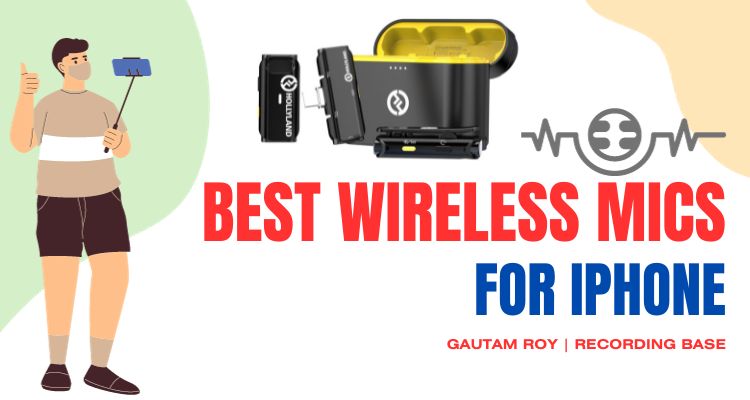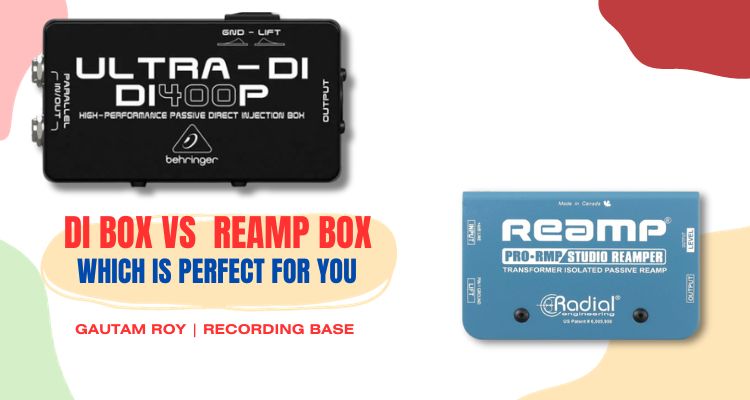TRS connectors are mostly used in pro audio applications such as audio recording and live sound, whereas TRRS are used in mobile phones, A/V players, video cameras, and other gadgets where composite video or microphone signals are carried out along with stereo audio.
Sometimes, you need to convert TRS to TRRS for some reason. Here comes this article helpful for you.
In this article, you will read how to convert TRS to TRRS without losing audio quality.
Read also,
First off,
Table of Contents
- 1 What is TRS Connector?
- 2 What is TRRS Connector?
- 3 Applications of TRS in Music Production
- 4 Applications of TRRS in Music Production
- 5 Why Do You Need to Convert TRS to TRRS?
- 6 How to Convert TRS to TRRS Without Losing Audio Quality?
- 7 Can You Plug a Guitar into a TRRS input?
- 8 Can You plug a Mic into a TRRS input?
- 9 Bottom Line: TRS to TRRS
What is TRS Connector?
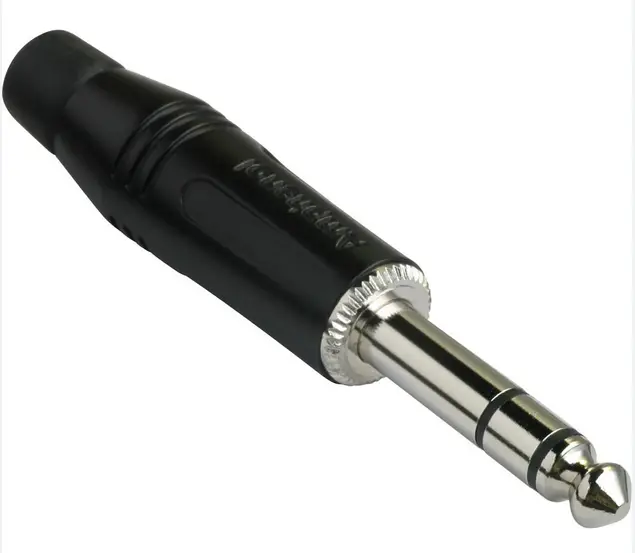
TRS connectors are used to carry balanced stereo audio signals in a single cable. This cable has 3 wires one for the ground, and the other two for left and right mono audio signals (stereo signal).
These cable connectors are generally used in consumer applications, however, they are also used in some pro audio applications such as professional audio monitoring headphones.
TRS connectors mainly come in two different sizes.
Disclosure: This post may contain affiliate links, which means we may receive a commission if you click a link and purchase something that we recommended. Read more about Affiliate disclosure here.
- 1/4″ TRS connector
- 1/8″ TRS connector
1/8″ TRS connector is generally used in consumer applications such as consumer headphones, music players, etc.
The main reason for using this connector on consumer electronics is it’s smaller than the 1/8″ TRS connector and can fit in a small area.
Consumer electronics have limited space so 1/8″ TRS connector is the best fit for them.
1/4″ TRS connector is mainly used in pro audio electronics such as audio interfaces, professional headphones, mixers, and studio monitors.
What is TRRS Connector?
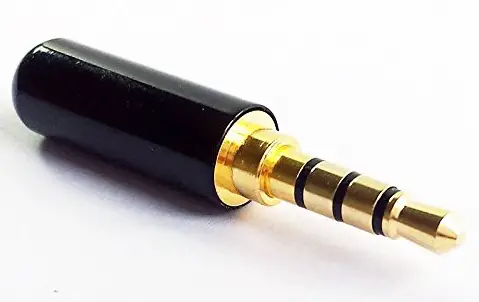
TRRS is used to carry two balanced mono audio signals as stereo audio and one composite video/microphone signal.
Previously TRRS cables were used to carry stereo audio and composite video in video players but the mobile phone industry has adopted this technology to provide audio and microphone facilities in their headphones and earphones.
Now TRRS connectors are widely used in mobile phones.
Applications of TRS in Music Production
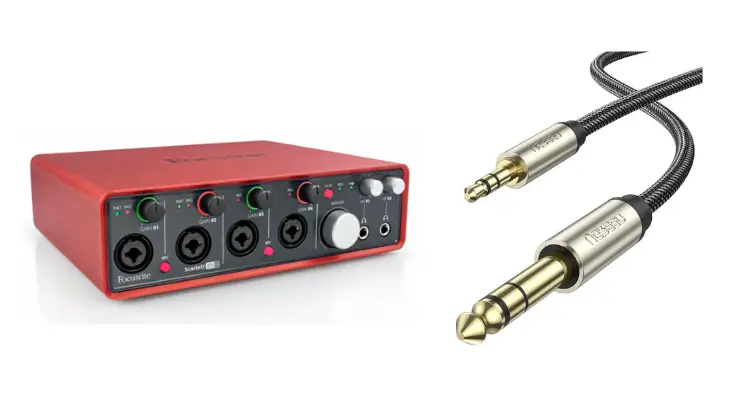
TRS is widely used in music production. The most common use of TRS cable is to carry balanced mono audio signals.
If you don’t know the difference between balanced and unbalanced audio signals then you should read this article.
In short, a balanced audio cable cancels out the noise and gives you more clear audio signal. This will give you 4dB extra headroom in audio mixing and mastering.
Ultimately, the final mixdown is more dynamic range and clear to listen.
TRS connectors are used with monitoring headphones, studio monitors, mixers, audio interfaces, and instruments.
These connectors act just like an XLR connector only the interface is different.
Applications of TRRS in Music Production
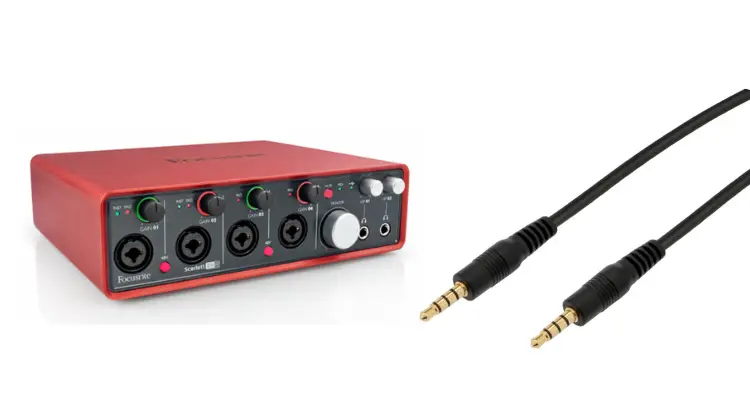
TRRS connectors are mainly used in consumer-grade electronics such as iPhones, iPad, and other mobile phones.
In consumer electronics, they are used to carry a microphone signal along with the stereo audio signal.
However, they are also used in A/V work where they are used to carry stereo audio plus composite video.
So, there is actually not enough use of TRRS in music production.
Why Do You Need to Convert TRS to TRRS?
Well, in some cases such as if you are using a headphone that also has a microphone then you may encounter a three-tip audio jack (TRRS). What if you want to use these headphones with your audio interface?
Remember, the audio interface only supports TRS connectors.
Also when you want to connect a camera mic such as Rode VMPR VideoMic Pro which has TRS connector but your camera supports TRRS then you need to convert TRS to TRRS.
In these cases, you need a solution to convert TRS to TRRS.
How to Convert TRS to TRRS Without Losing Audio Quality?
There are multiple options to convert TRS to TRRS.
Such as you may cut the cable and join them manually excluding the 4th cable. But, this is not a professional solution.
Cutting the wire leads to signal loss and noise.
Instead, you should use a TRS to TRRS adaptor which is widely available online and offline for a few bucks.
There are different sizes available.
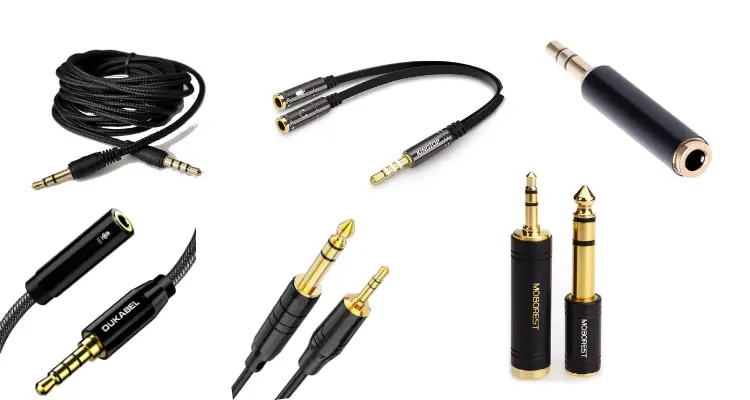
The most commons are,
These TRS-to-TRRS connectors minimize signal loss and noise and you will get clear audio without losing audio quality.
You can check out online for TRS to TRRS adaptors suitable according to your needs.
Can You Plug a Guitar into a TRRS input?
Well, the answer is no.
When you connect a TRRS jack to a guitar the second ring will also connect to the first ring, so you may get some noise.
So ideally you should not use a TRRS jack directly to the guitar output. Instead, you should use TRS to TRRS adaptor which “cut from” the sleeve portion of the plug.
Can You plug a Mic into a TRRS input?
The same goes for microphones. Video mics such as Rode VMPR VideoMic Pro have TRS connectors and most of the cameras have TRRS ports.
Well, however, the second ring of TRRS connectors in the camera “cut from” the sleeve portion of the plug but I would suggest using a TRS to TRRS adaptor to minimize the noise and signal loss.
Bottom Line: TRS to TRRS
If you want to convert TRS to TRRS without losing audio quality then you should follow the instructions given above.
Using a good quality TRS to TRRS adaptor ensures high-quality sound and minimum noise.
I hope this article helped you in this. Let me know in the comments if you have any suggestions or queries.
Read also,


![Heritage Audio i73 PRO Series Audio Interfaces Review [2024]](https://www.recordingbase.com/wp-content/uploads/2024/01/Heritage-Audio-i73-pro-series.jpg)
